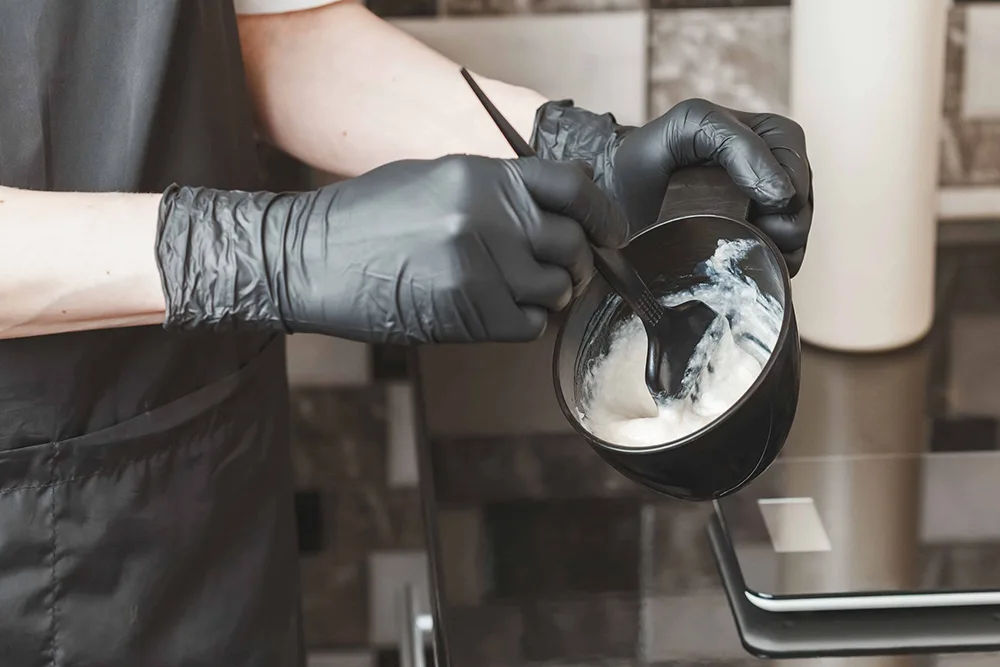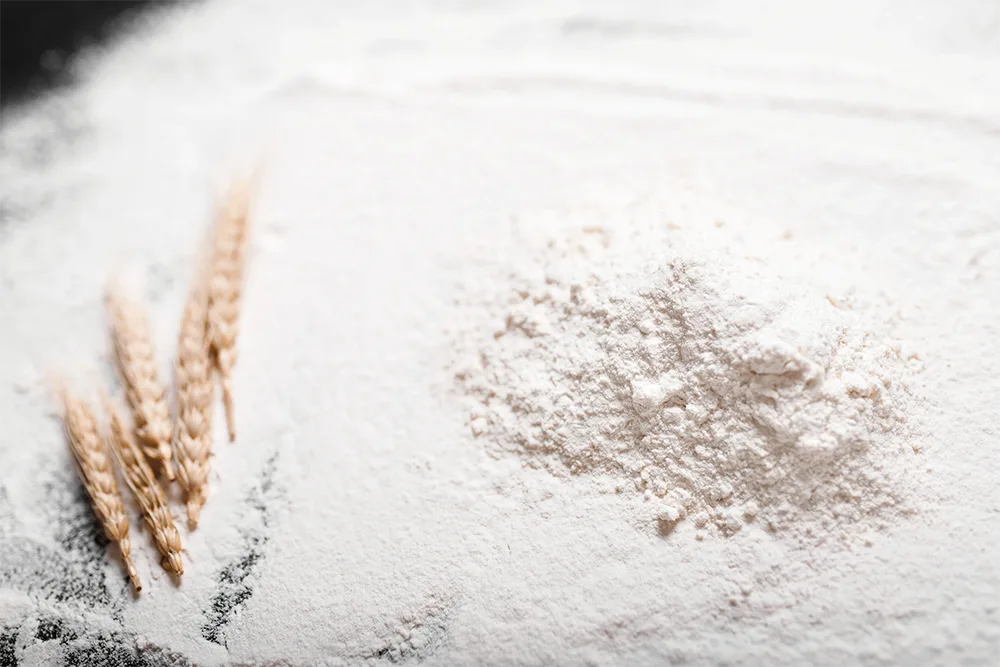We use bleach for a range of industrial and household applications, including as a cleaning agent. But exactly how does this everyday substance work, and what’s the chemistry behind it?
Put simply, the bleaching process disintegrates the molecular bonds of chromophores. This happens as a result of either an oxidation reaction or a reduction reaction.
In this article, we explain more about the chemistry behind bleach and the chemical composition of the different types of bleaches.
In this post:
Key Takeaways
Bleach works through oxidation or reduction reactions
Different types of bleach use different chemical mechanisms
Chlorine-based bleaches are most common in household products
Peroxide-based and sulphur dioxide-based bleaches have niche uses
Understanding the Basics: Bleach’s Chemical Profile
Bleaching action is the result of an oxidation or a reduction reaction. In either case, the bonds of chromophores – the molecules that absorb particular wavelengths of light – are broken. This lessens the substance’s ability to absorb the light waves, causing it to lose its pigment and turn white.
Using a chlorine-based bleach such as sodium hypochlorite (NaClO) to treat stains is an example of an oxidation reaction. The chlorine released by the NaClO breaks the chemical bond of the chromophore or colour-producing portion of a molecule, thereby removing the stain.

Meanwhile, in a reduction reaction, the double bonds of chromophores are converted into single bonds. This has the same effect of rendering the pigment less absorptive of light waves. Using a sulphur dioxide-based bleach is an example of a reduction reaction.
What Is the Chemical Name for Bleach?
As basic or alkaline substances, all types of bleach are highly polar molecules. The type of bonds can differ depending on the composition of the bleach compound. For instance, salts like sodium hypochlorite have an ionic bond, whereas hydrogen peroxide has covalent bonds.
The polarity of bleach substances is mainly determined by their molecular structure. Polarity can either be positive or negative in certain groups of molecules, depending on the angles of the bonds. For example, water is slightly positive on its hydrogen side and slightly negative on its oxygen side because of the 104.5° angle of the bond.
The polarity of bleach substances makes them more reactive. Depending on their composition, a polar side can act either as an oxidising agent or as a reducing agent.
Chemical Composition of Different Bleaches
The chemical composition of bleaching agents varies depending on the active ingredient and other constituents. Typically, bleaches are aqueous solutions of either an oxidising agent or a reducing agent.
Other non-active ingredients, such as fragrances, may also be added. There are three main types of active ingredients in bleaching products; they can either be chlorine-based, peroxide-based, or sulphur dioxide-based.
Chlorine-based Bleaches
Chlorine-based bleaches work through the decomposition of chlorine. Some examples of these types of bleaches include the following:
- Sodium hypochlorite – Sodium hypochlorite is the most common ingredient in chlorine-based bleach. It’s usually sold as a liquid bleach solution in water and is typically available in concentrations of between 3% and 6%. Sodium hypochlorite is the active ingredient in laundry bleaches because it’s great for cleaning and whitening clothes. It’s also used to disinfect hard surfaces such as those in your kitchen and bathroom. Other applications of sodium hypochlorite solution include treating drinking water and disinfecting swimming pools.

- Bleaching powder – Bleaching powder is a mixture of calcium hypochlorite (Ca(ClO)2), calcium hydroxide (also known as slake lime, Ca(OH)2), and calcium chloride (CaCl2). This type of bleach has the same applications as sodium hypochlorite but it contains more stable chlorine.
- Chlorine gas – Chlorine gas is mainly used for treating large quantities of water, such as municipal drinking water and public swimming pools. It was once used extensively in the paper industry to bleach wood pulp, but this practice has decreased significantly because of environmental concerns and chemical manufacturing regulations.
- Chlorine dioxide – Chlorine dioxide (ClO2) is an unstable gas that’s typically stored as a dilute aqueous solution. It has large-scale industrial applications, which include bleaching wood pulp, cellulose, flour, textiles, and beeswax.
Peroxide-based Bleaches
The active agent of peroxide-based bleaches is oxygen. Peroxide compounds have two or more single-bonded oxygen atoms. The bond is relatively weak, which means the compounds decompose easily into their more stable constituents.

Some examples of peroxide-based bleaches are detailed below.
- Hydrogen peroxide (H2O2) – the most common type of peroxide-based bleach, hydrogen peroxide is often used as an antiseptic for wounds. However, it also has many other applications, including as a lightening agent in hairdressing and cosmetics. On an industrial scale, hydrogen peroxide is used to bleach wood pulp and prepare other types of bleaching agents, like perborates and percarbonates.
- Sodium percarbonate (Na2H3CO6) – as an aqueous solution, sodium percarbonate can be used both as a bleaching agent and a degreaser.
- Sodium perborate (Na2H4B2O8) – when sodium perborate is dissolved in water, it releases hydrogen peroxide. Its bleaching action is primarily because of the decomposition of the hydrogen peroxide and the nucleophilic oxidation of the percarbonate anion.
- Peracetic acid (H3CC(O)OOH) – this compound is produced when laundry detergents are dissolved in water. It’s mainly used as an industrial and agricultural disinfectant.
- Benzoyl peroxide (C6H5COO)2) – benzoyl peroxide is commonly used as a medication for treating acne. However, it’s also classed as a food additive and is used in the food industry to bleach flour.

- Ozone (O3) – a relatively unstable compound compared to diatomic oxygen, ozone is used for bleaching oils, ivory, starch, flour, wax, and delicate fabrics.
- Potassium persulfate (K2S2O8) – this is a strong bleaching agent that’s often used to lighten hair.
Sulphur Dioxide-based Bleaches
Both chlorine and peroxide-based bleaching products react as oxidising agents. They strip away electrons from chromophores, thereby breaking the bonds of the pigment molecules.
Sulphur dioxide-based bleaching products, on the other hand, act as reducing agents. When they lose or donate electrons, their double bonds are converted into single bonds. This has the same effect as deactivating the chromophores.
A sulphur dioxide-based bleach is a temporary bleach that removes oxygen from the pigment molecule. However, when the bleached compound is exposed to air, it can regain its colour because of oxidation.
Sulphur dioxide, sulphites, bisulphites, and metabisulphites can all act as disinfectants and bleaching agents. They’re often used in breweries and other industries that involve fermentation processes because they can kill bacteria, fungi, and wild yeasts without destroying the fermentation yeasts.
Sulphur dioxide compounds are very useful in extending the shelf life of food products like meat, egg yolks, grains, and dried fruits. Meanwhile, sodium sulphite is commonly used for bleaching gelatin, beet sugars, and food starch. Sodium and potassium sulphites can also be added to food to aid the caramelisation process.
How Bleaches Chemically Remove Stains
Bleaches remove stains by chemically altering the structure of chromophores – the parts of molecules responsible for colour. Oxidising bleaches like sodium hypochlorite break these structures by stripping electrons, making them colourless.
Reducing bleaches, such as those based on sulphur dioxide, convert double bonds to single bonds, which also prevents them from interacting with visible light.
Conclusion
Bleach can be categorised into chlorine-based, peroxide-based, and sulphur dioxide-based types. Each one works by chemically altering pigment molecules, either through oxidation or reduction. Knowing how bleach works can help ensure it’s used appropriately and safely, especially in industrial and commercial settings.
















